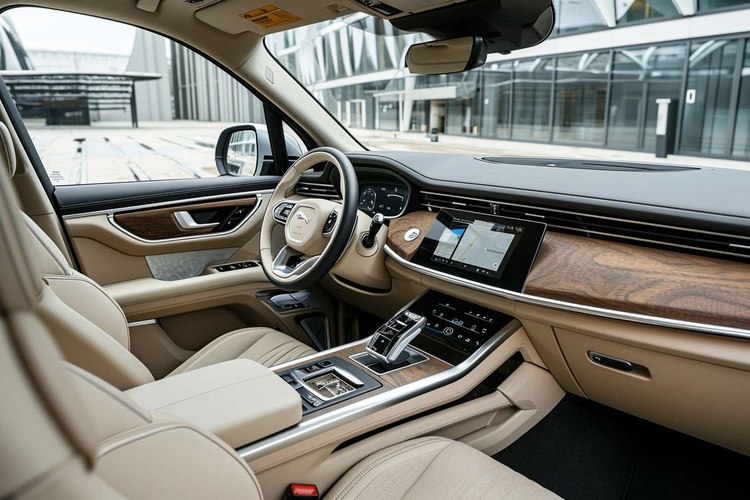Unraveling the Mysteries of Continuously Variable Transmission
Introduction: Picture this. You're cruising along the highway, smoothly accelerating in your car, enjoying the seamless power delivery. You're not shifting gears or feeling the typical jerks associated with it. The magic behind this smooth ride? Continuously Variable Transmission (CVT). This automotive marvel simplifies driving while maximizing efficiency, but how does it work? Let's dive into the captivating world of CVT.

The Genesis of Continuously Variable Transmission
The idea of a Continuously Variable Transmission is not a recent phenomenon. In fact, Leonardo da Vinci sketched the concept of CVT way back in the 15th century. However, it wasn’t until the 20th century that CVT was put into practical use. DAF, a Dutch carmaker, was the first to introduce CVT in a passenger car in the 1950s. The technology has since undergone significant improvements, with automakers worldwide incorporating CVT in their models.
Understanding the Mechanics of CVT
Unlike conventional transmissions that use gears to provide varying speed ratios, CVT uses two pulleys connected by a belt. One pulley is connected to the engine, while the other delivers power to the wheels. The diameter of these pulleys can change based on the engine’s power requirements, providing an infinite number of gear ratios. This is where CVT gets its name - ‘continuous variability’.
The Impact of CVT on Modern Driving
CVT’s significant advantage over traditional automatic or manual transmissions is its ability to deliver power smoothly. This eliminates the jerky sensation of gear shifts, providing a more comfortable driving experience. Furthermore, because it can adjust to any engine speed, CVT often delivers better fuel efficiency.
However, not everything about CVT is rosy. Some drivers miss the feeling of gear shifts, associating it with control over the vehicle. There are also concerns about the durability of CVT, especially under harsh driving conditions.
The Future of Continuously Variable Transmission
While CVT has its detractors, the technology continues to evolve and improve. Modern CVTs are much more durable and can handle higher torque loads. Some automakers are even programming artificial ‘steps’ into the CVT, mimicking gear shifts for those who miss that feeling.
Moreover, with the increasing focus on fuel efficiency and emission reduction, CVT’s ability to maximize engine efficiency could make it a crucial component in future automobiles.
Tuning into the CVT Debate
As with any technology, CVT has its pros and cons. While it offers smooth power delivery and improved fuel efficiency, questions about its durability and the lack of control often associated with gear shifts are valid. It ultimately comes down to personal preference. However, as the technology continues to evolve, it’s possible that future versions of CVT will address these concerns, making it a more universally accepted transmission system.
In the dynamic world of automotive technology, CVT represents a significant shift from traditional transmission systems. As with any change, it invites both excitement and skepticism. However, its potential benefits make it a technology worth keeping an eye on. As we continue to explore and understand the intricacies of CVT, one thing is clear: the story of CVT is still being written, and it’s a compelling read.




